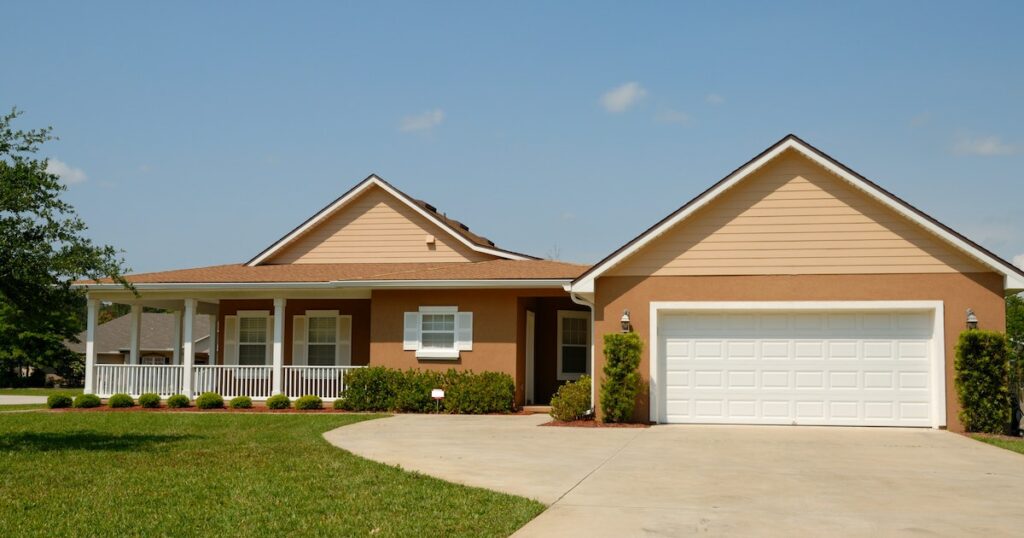Learn 10 Tips When Preparing for a Mortgage

4. Be realistic about what you can afford
In other words, don’t try to spend more than you can afford. It’s good to have your sights set on homeownership like many Americans do, but don’t lose sight of reality.
For example, if you’re hoping to acquire a rate that requires a 20% down payment, but you only have 5%, you should adjust your calculations downward to reflect the 5% down payment rate you’ll really be able to get.
5. Get familiarity with the lending process
Lenders’ confidence in your ability to repay them is reflected in your credit score, which is used in determining loan quantities and interest rates. A higher credit score makes it more likely that you will be approved for the loan amount and interest rate of your choice.
6. Determine your funding options
Find out if a 15-year or 30-year mortgage, an adjustable-rate mortgage, or a fixed-rate mortgage is ideal for you once you’ve done your homework. A fixed-rate mortgage could be a good option if you want stability and the assurance that your monthly payments won’t rise.
Consider an adjustable-rate mortgage (ARM) if you think mortgage rates have further to fall and would benefit from greater financial leeway.
7. The more money you put down, the more flexible you’ll be
Keeping a level head is crucial, as mentioned in point #4. Hence, within a reasonable budget, the more money you put down, the better the terms will be. The era of buying a home with no money down, at least on the mortgage, appears to be coming to an end. If you can afford to put down a larger initial payment, you can reduce your monthly payments.
8. Investigate any possible pre-payment fees
Consider whether or not you will be charged a fee if you pay off your mortgage early. Some homeowners choose to accelerate the payoff of their mortgage by making extra payments on a regular basis or after receiving a large sum of money.


